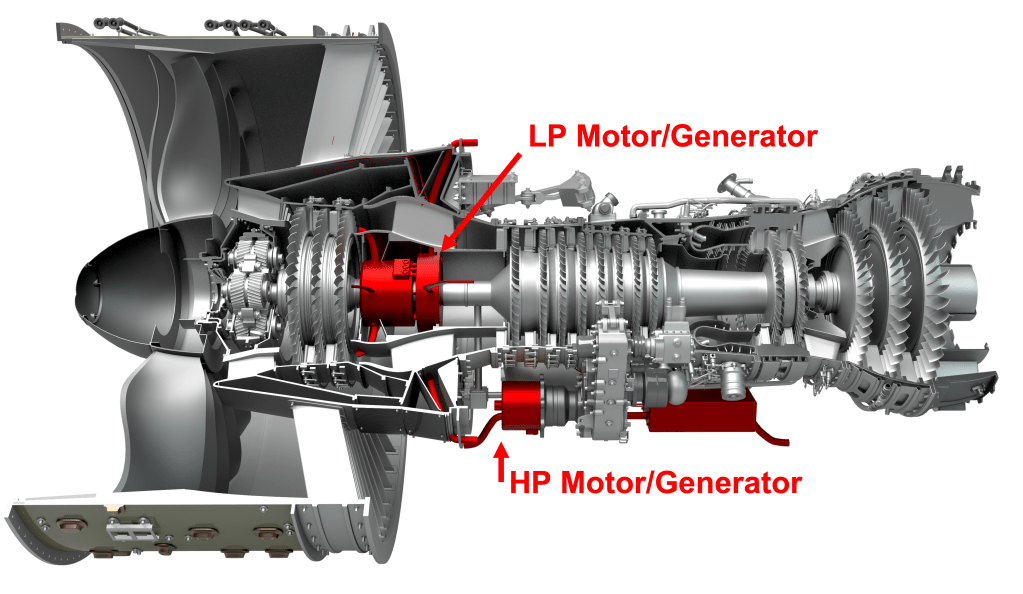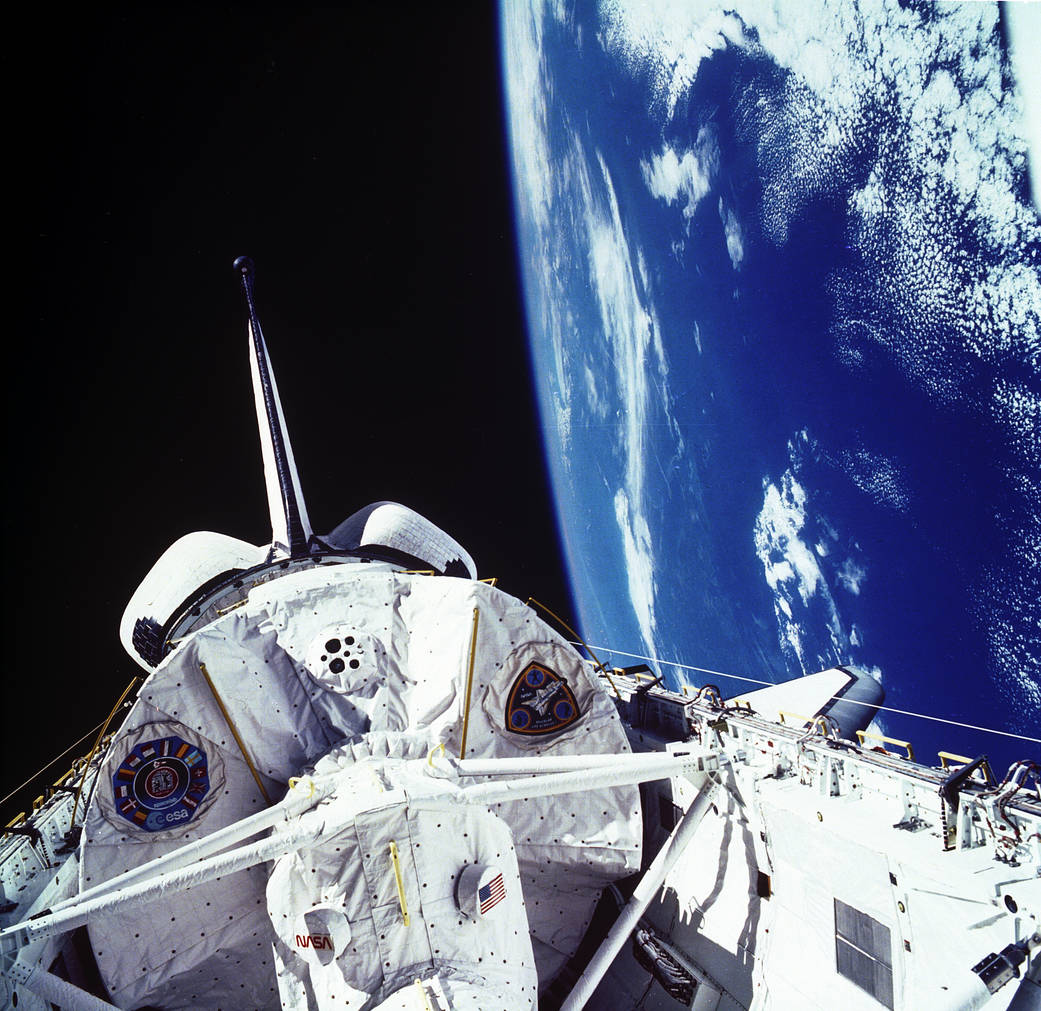Space Life Science-1 (SLS-1), launched aboard Space Shuttle Orbiter Columbia (STS-40) on June 5, 1991, was the first Spacelab mission dedicated solely to life sciences research. The laboratory for the research took place in a module, shown here, carried in the cargo bay of the Columbia. The purpose of the mission was to study the mechanisms, magnitudes, and time courses of certain physiological changes that occur during space flight, to investigate the consequences of the body’s adaptation to microgravity and readjustment to Earth’s gravity, and to bring the benefits back home to Earth. The mission was designed to explore the responses of the heart, lungs, blood vessels, kidneys, and hormone-secreting glands, to examine the causes of space motion sickness, and study changes in the muscles, bones and cells. Many studies started during SLS-1 provided data that served as the foundation for investigations on the International Space Station.
Image credit: NASA/MSFC






























